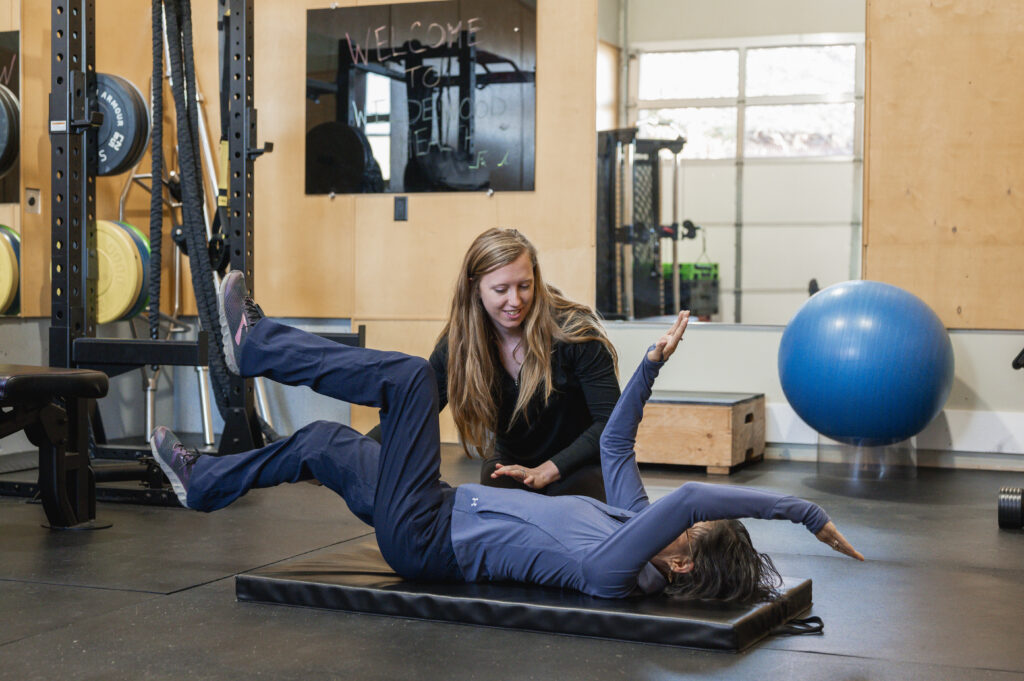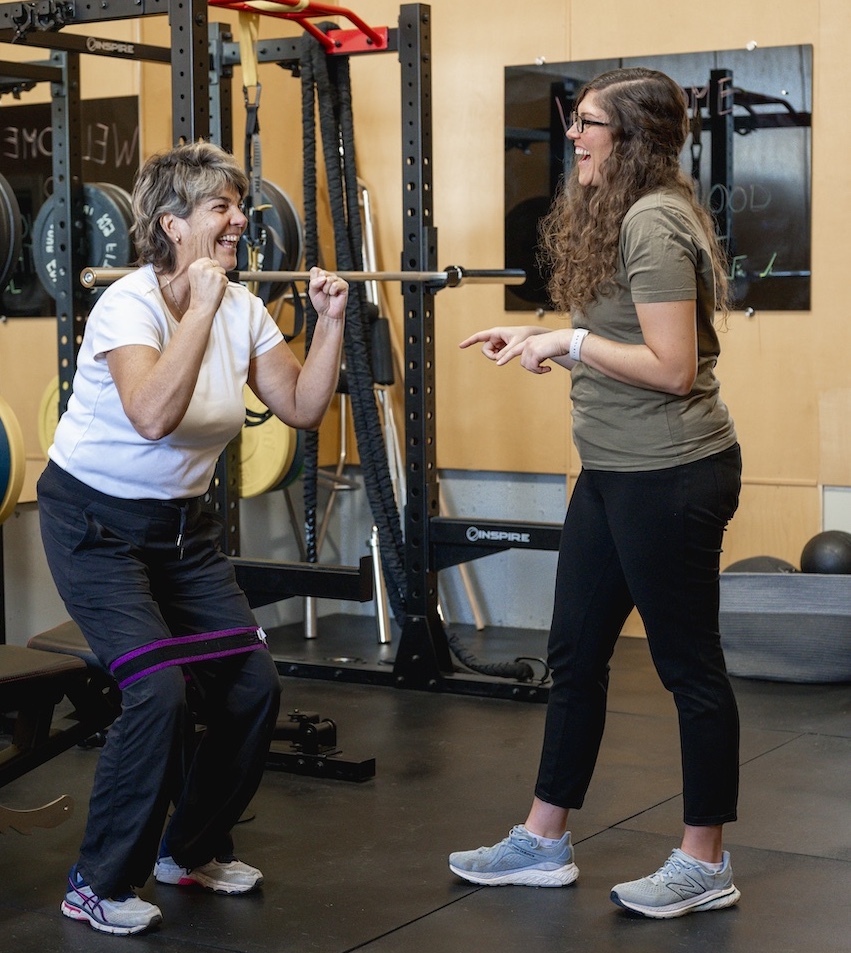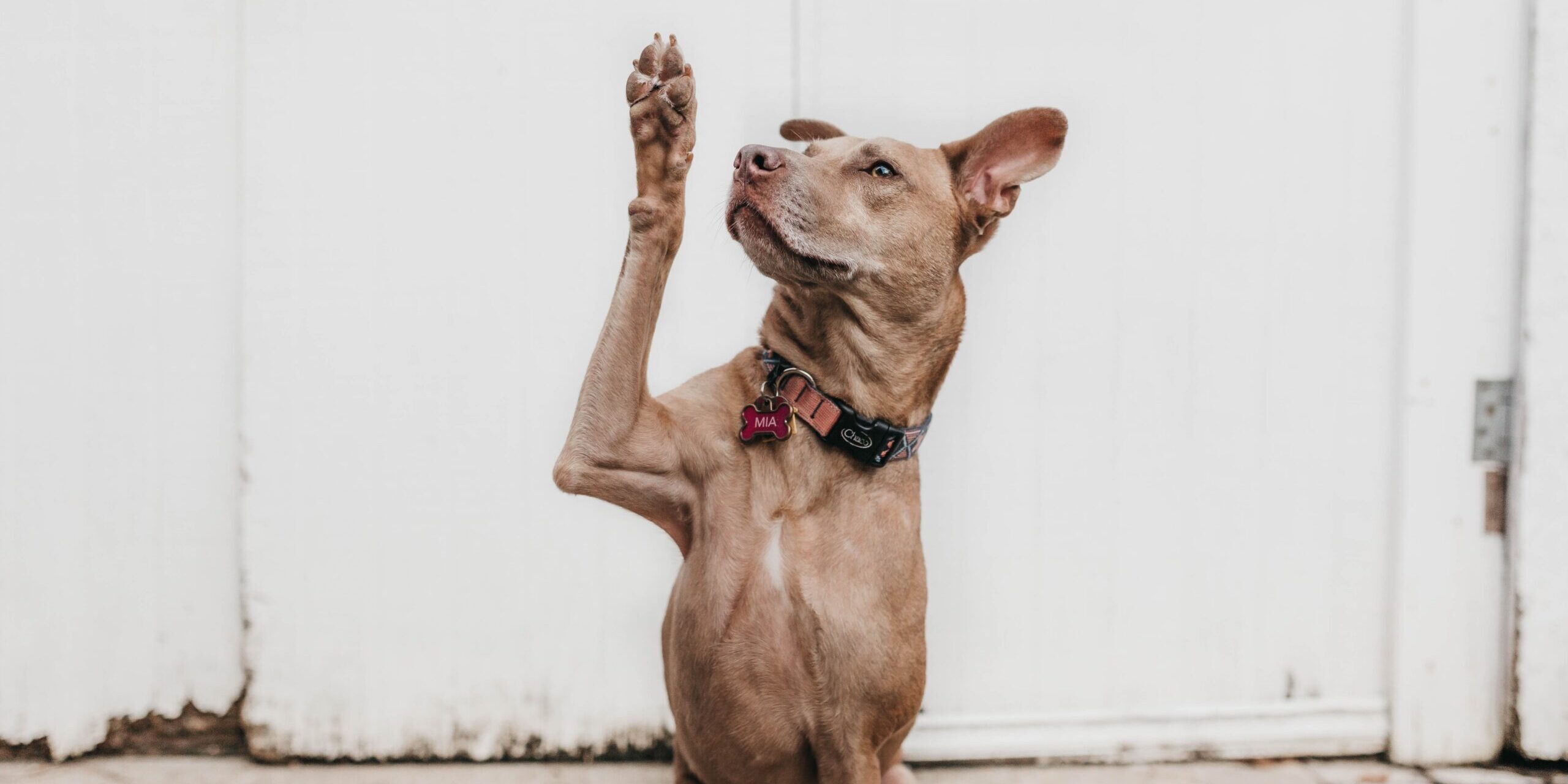A collaborative rehabilitation framework involving the dual-discipline support of Physiotherapy, Athletic Therapy and Kinesiology to assist the athlete’s journey from injury to performance.
Part 3 of this blog series builds on the work of the previous 2 blogs. If you haven’t read these 2 blogs, please do so before reading part 3 (Here’s Part 1 and Part 2). These blogs explored:
- How the working relationship between an Athletic therapist/Kinesiologist and Physiotherapist can assist the athlete during injury and rehabilitation.
- They also summarized how this relationship is significant in assessing an injury and planning, prioritizing and programming the rehabilitation to guide the athlete to a return to performance. The rehabilitation process is an opportunity that leads to personal and physical growth for the athlete.
- They also considered how the Athletic therapist/Kinesiologist and Physiotherapist relationship can facilitate the areas that make the rehabilitation process a successful one for all key stakeholders involved.
Part 3 will explore the execution and delivery aspect of the rehabilitation process. Specifically, the individual, shared and overlapping roles of both the physiotherapist and athletic therapist/kinesiologist in delivering the different stages of the rehabilitation program.

Execution and Delivery
The delivery of a rehabilitation program requires close inter-disciplinary working. Each discipline (e.g. physiotherapy, athletic therapy, kinesiology, nutrition, sports medicine, sports psychology, etc.) will have a greater level of input at varying stages of the process but will all be vital in the collective efforts of executing and delivering the program. Having clarity on each discipline’s key roles and responsibilities in the inter-disciplinary team helps cohesive delivery of the program, especially that of the physiotherapist, athletic therapist, and kinesiologist. Here is a breakdown of the key roles between the physiotherapist and the athletic therapist/kinesiologist:
- Physio
- Takes the lead on early-stage injury management at the local structure to restore function.
- Advise on contraindications and neuro musculoskeletal considerations
- Help coordinate a holistic return to performance plan
- Athletic therapist/Kinesiologist
- Rehabilitation is an opportunity to enhance physical development
- Contributes heavily to the athlete’s wider performance plan
- Develop individual physical goals with the athlete.

Everyone Has a Part to Play
Each practitioners’ level of input may differ during the stage of rehabilitation. Whilst an athlete is going through the ‘protection and preservation’ phase of an injury, the physiotherapist and athletic therapist/kinesiologist will have more involvement than the coaching staff. Whereas during the ‘enhancement ’and ‘performance’ phases of the rehabilitation, the athletic therapist/kinesiologist and coaching staff will take on a much greater role than the physiotherapist.
It is imperative, however, that at each phase of the rehabilitation process all stakeholders monitor and review progress. Not just at the time of planned return to performance. Smaller, regular meetings between the physiotherapist and athletic therapist/kinesiologist both with and without the athlete are needed, hence establishing a collaborative and effective working relationship between the two practitioners is important, to facilitate an athlete’s rehabilitation.
Conclusion
Collaborating and best utilizing the collective skillsets of the wider athlete support team is required to assist in the holistic delivery of all aspects of the athlete’s return to performance program.
The level of individual input of physiotherapists and athletic therapist/kinesiologist varies throughout the course of the rehabilitation process but still requires a close and effective working relationship at all stages for effective athlete injury management.






